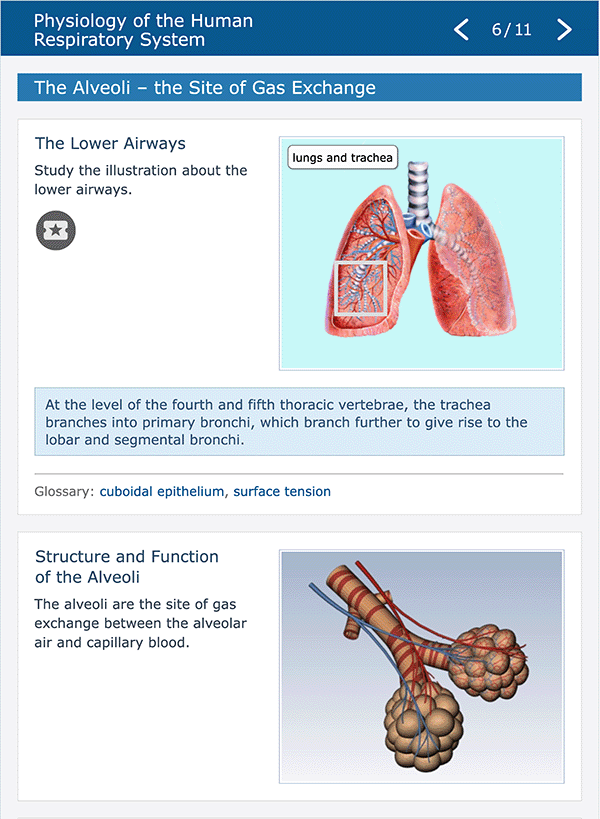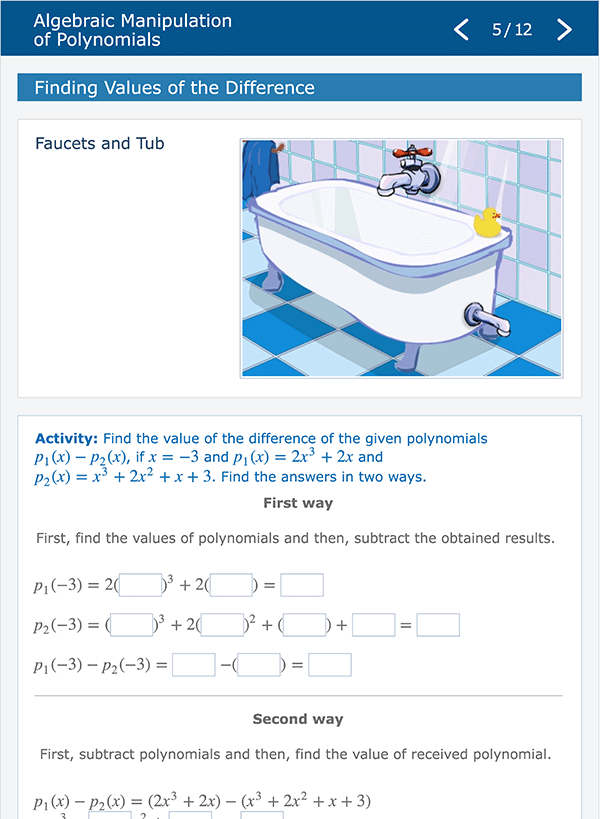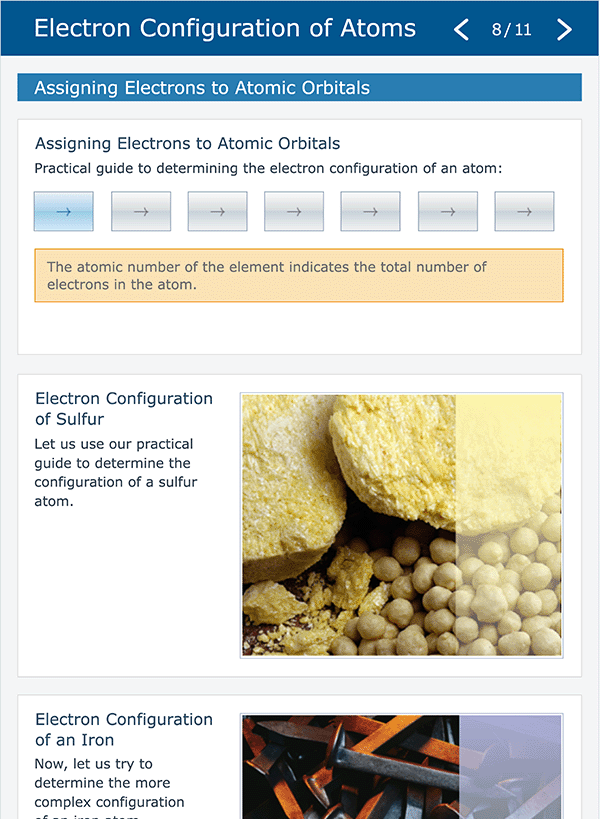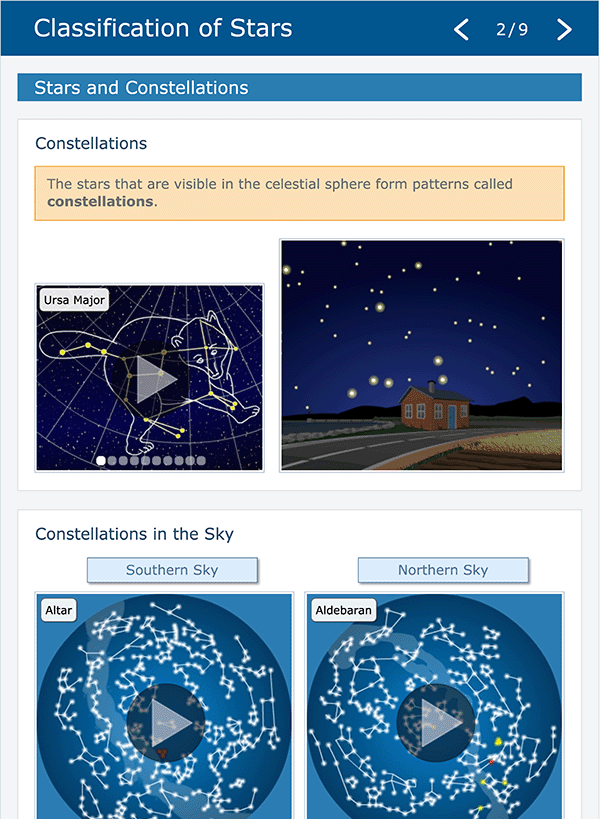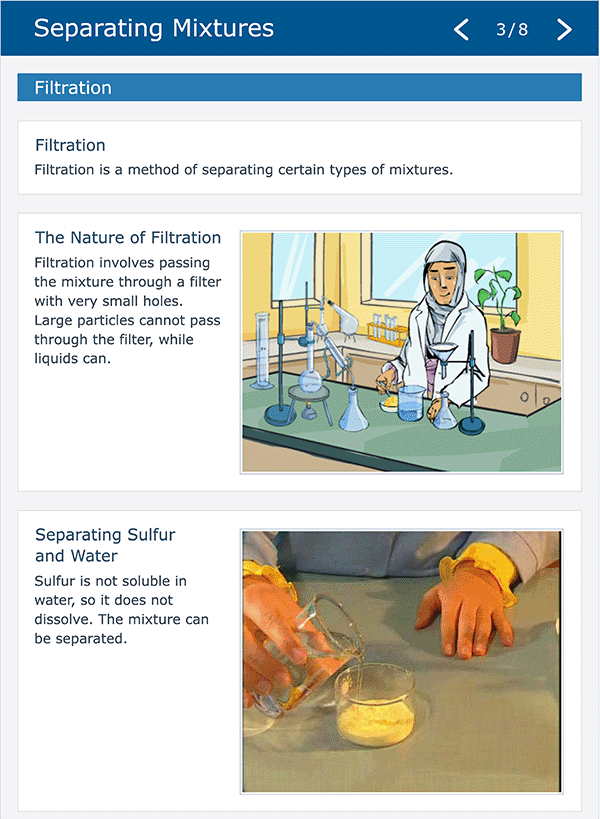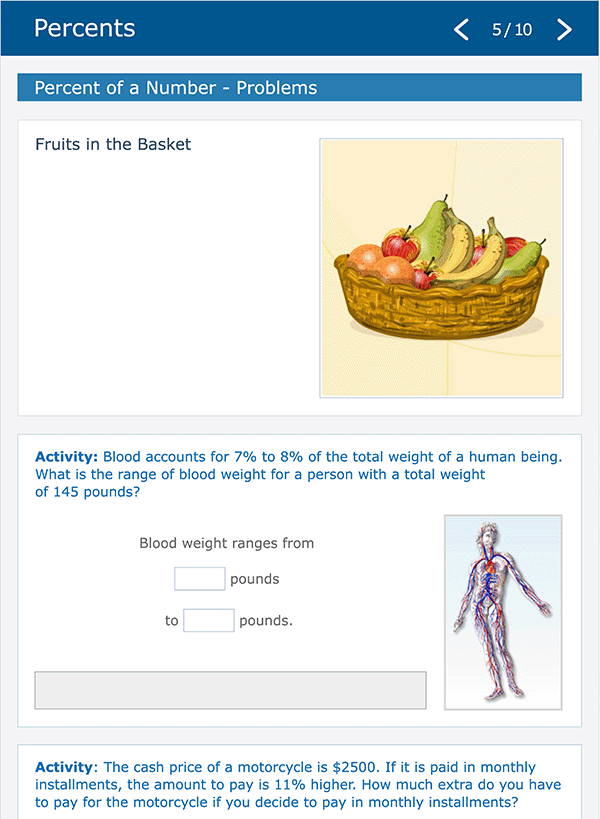
Guide for creating accessible educational eContent
Make your digital K12 materials not only more enjoyable and effective but above all accessible to everyone. Ensure that persons with impairments will be able to use your resources, and create an educational space for everyone.
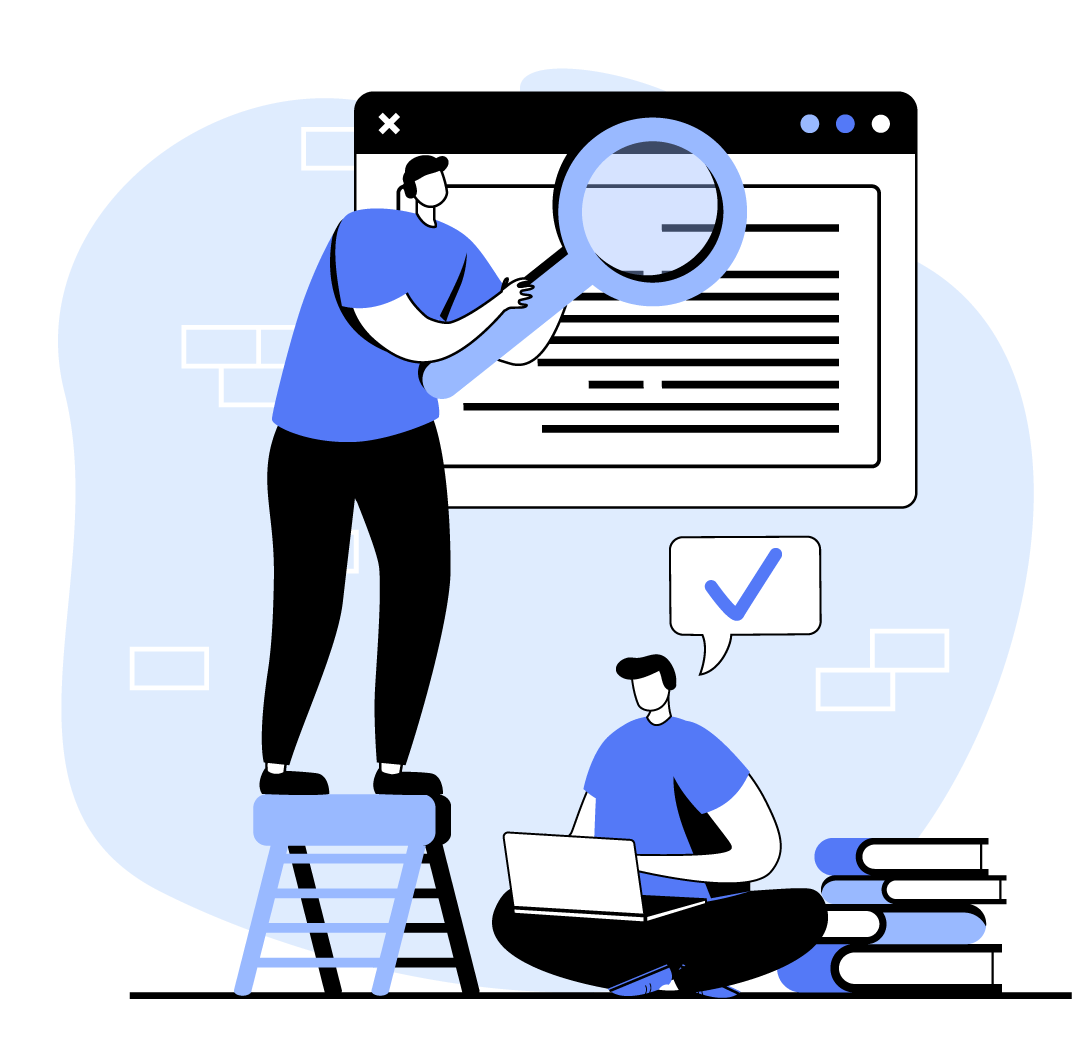
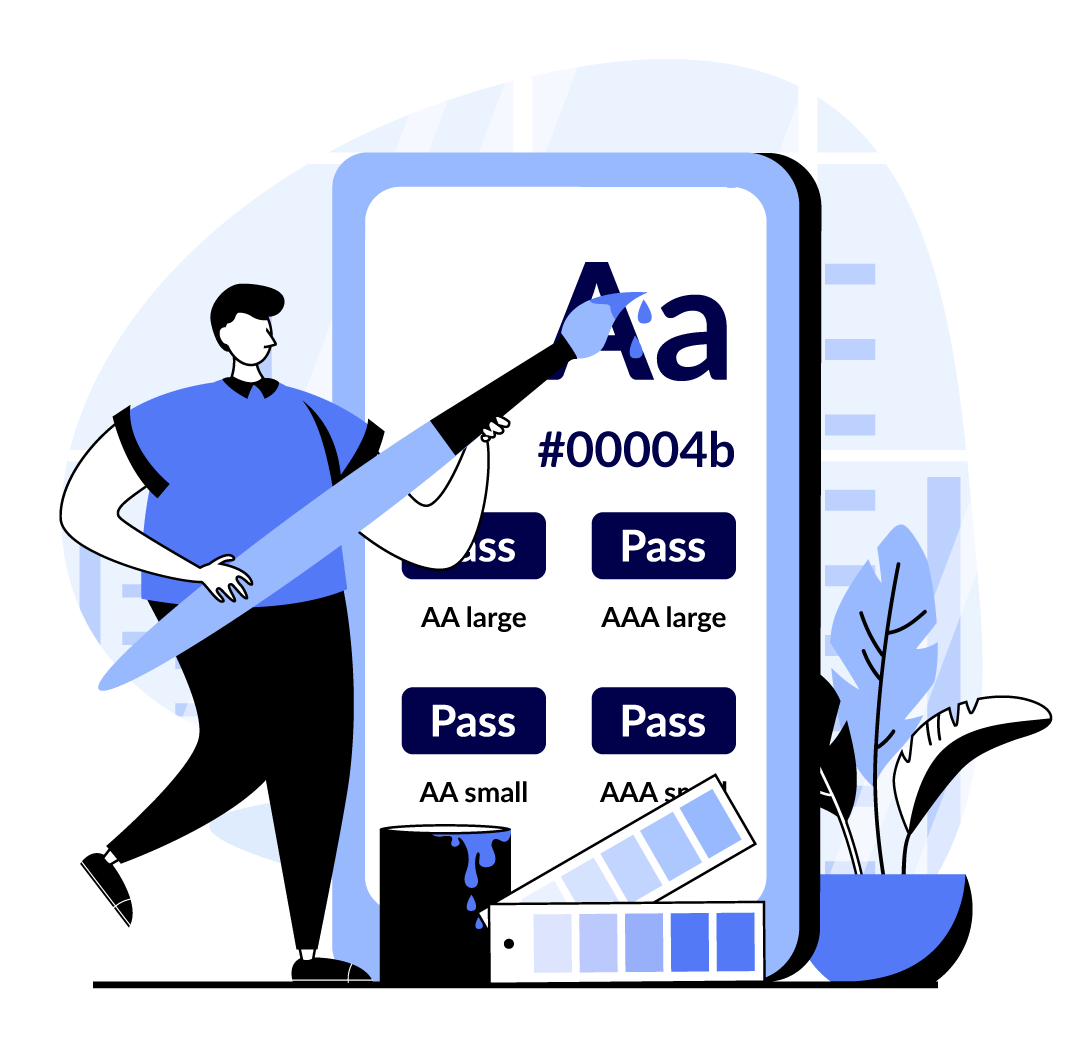
What is WCAG 2.1?
Web Content Accessibility Guidelines (WCAG) is an international standard composed of documents explaining how to make web content more accessible to people with special educational needs. It is developed through the W3C process in cooperation with individuals and organizations around the world, with the goal of providing a single shared standard for eContent accessibility that meets the needs of individuals, organizations, and governments internationally.
Current standard - WCAG 2.1 - covers a wide range of guidelines to make content more accessible for people with disabilities: blindness and low vision, deafness and hearing loss, limited movement, speech impairment, photosensitivity, and combinations of these, and some accommodation for learning disabilities and cognitive limitations. These guidelines address the accessibility of eContent on desktops, laptops, tablets, and mobile devices.
It is important that the WCAG standards are stable and referenceable. They do not change after they are published. WCAG 2.1 does not deprecate or supersede WCAG 2.0, but it is recommended to use the most recent version. The newest version WCAG 2.2 is scheduled to be finalized by September 2022. It will include all requirements from 2.0 are included in 2.1.
New requirements – the European Accessibility Act
The European Accessibility Act (EAA) introduces for European Union (EU) member states wide minimum accessibility requirements for a range of products and services delivered by private sector organizations. It aims to strengthen the right of persons with disabilities to access goods and services available in the EU internal market.
The European Accessibility Act is a directive that aims to improve the functioning of the internal market for accessible products and services, by removing barriers created by divergent rules in the Member States. The Act is a Directive, which means it sets binding accessibility goals but leaves it to the Member States of the European Union to decide how they want to reach them. They have time to 28 June 2022 to transpose EEA requirements into national law, and 28 June 2025 to apply those measures. The scope of the Accessibility Act focuses mainly on digital products and services. Among them are E-books and E-commerce, meaning websites or mobile applications through which companies sell their products or services online.

New obligations of the publishers. See what changes await you.
Final requirements depend on the country
Web Content Accessibility Guidelines (WCAG) is an international standard composed of documents explaining how to make web content more accessible to people with various impairments. It is developed through the W3C process in cooperation with individuals and organizations around the world, with the goal of providing a single shared standard for eContent accessibility that meets the needs of individuals, organizations, and governments internationally.
Basic requirements are binding for all publishers – the connections with WCAG 2.1
Although the Directive does not indicate detailed technical solutions for making products accessible and the national accessibility laws are not known yet, there are standards that will need to be implemented. The EEA is based on the European standard for technology accessibility in the public sector EN 301 549. This standard has adopted the WCAG 2.1 which covers the accessibility of web content, electronic documents, and non-web software. It means that the implementation of the newest WCAG 2.1 to a newly created product is inevitable.
Binding principles of educational materials' accessibility
EEA compliant materials must be perceivable, operable, understandable, and robust
Basing standard EN 301 549 covers WCAG 2.1’s four main principles of accessibility. All of them must be reflected in the materials published since 2025.
Perceivable
Information and user interface components must be presented to users in a way they must be able to perceive the information being presented.
Operable
User interface components and navigation must be operable. The interface cannot require interaction that a user cannot perform.
Understandable
Information and user interface components must be presented to users in a way they must be able to perceive the information being presented.
Robust
User interface components and navigation must be operable. The interface cannot require interaction that a user cannot perform.
The Directive underlines in general, that access to audiovisual content or e-book files should allow users with disabilities to use their assistive technologies. All products shall comply with the accessibility requirements set out in Section I of Annex I (p. 31-33), which are reflected in the WCAG.

Publishers not based in the EU
If the publisher is not based in the EU, there'll still be expected to comply with the EAA’s requirements when operating within any of its member states.
What should WCAG 2.1 material look like? Have a look at samples of ready materials.
Until there are no exact requirements it is important to focus on the certainties. See how it looks a proper and interactive eContent compliant with WCAG 2.1
